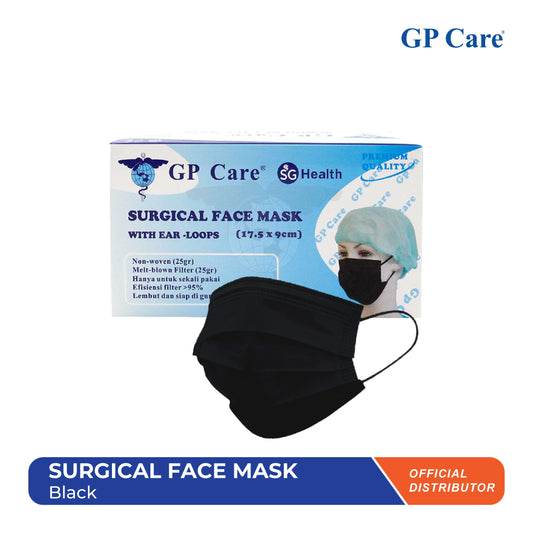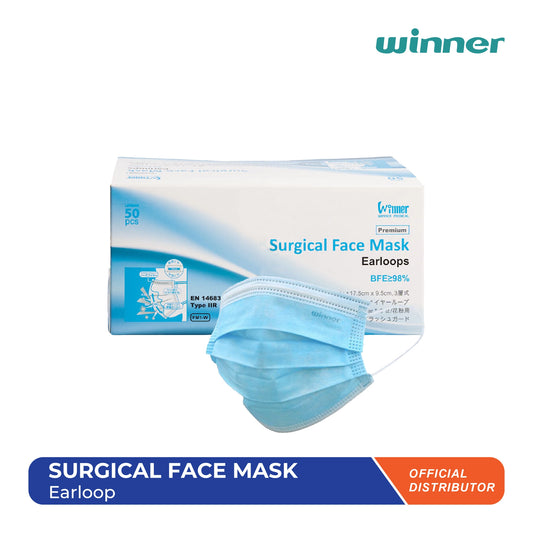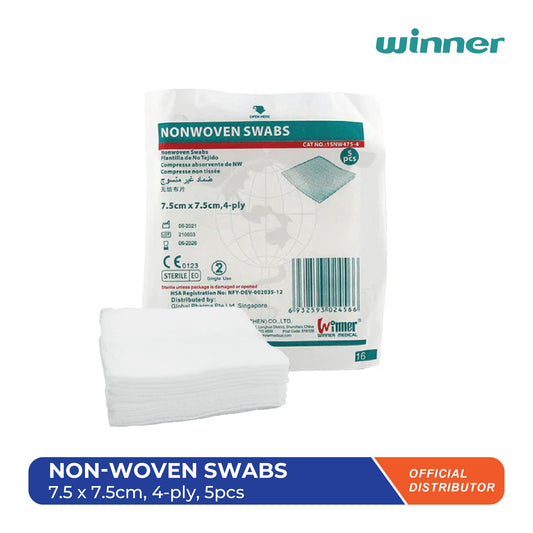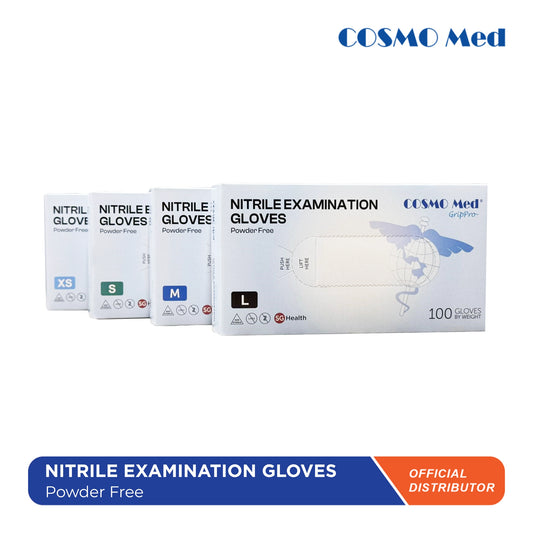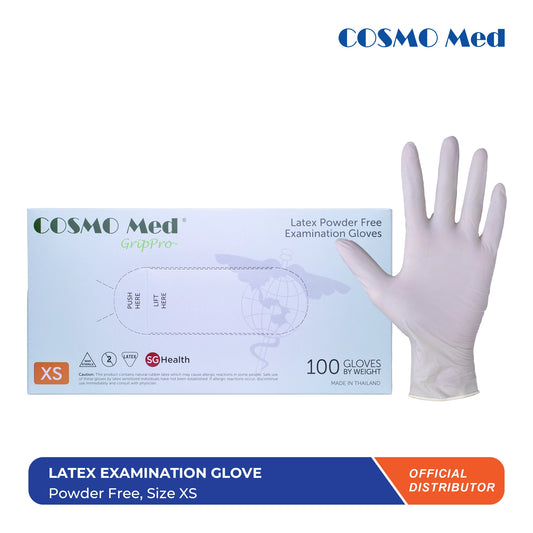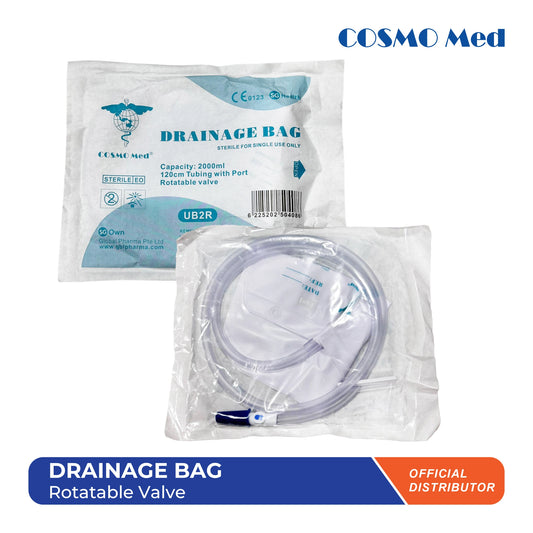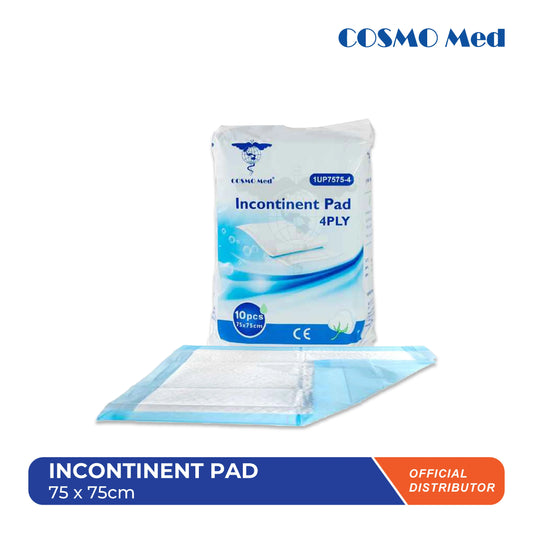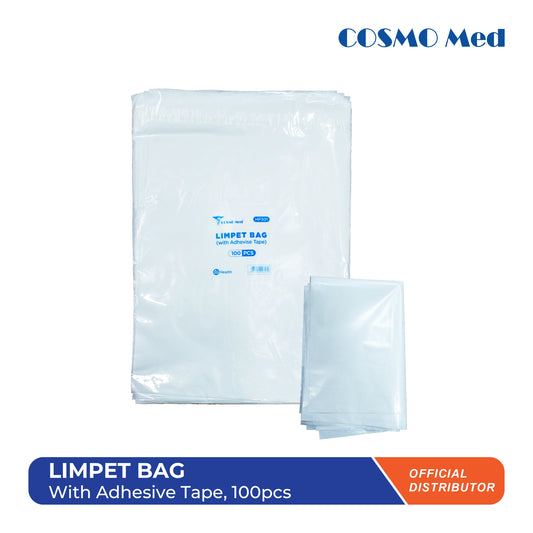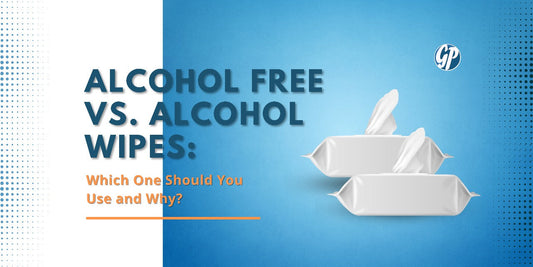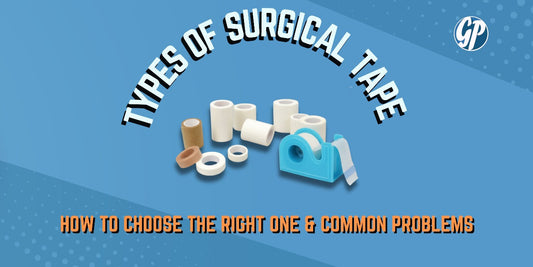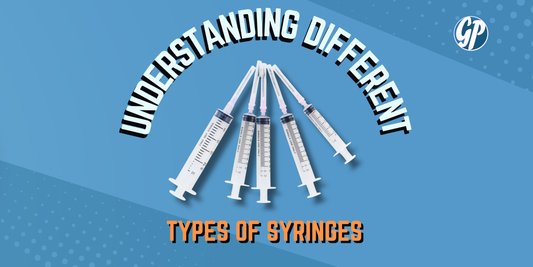When it comes to wound dressing, surgical tape plays a vital role in helping secure dressings in place and promote healing. Yet, with all the various medical tapes out on the market, it is difficult to know which one is best for a particular use. That is why, by understanding these options and their proper use can ensure optimal healing while minimizing discomfort or complications. In this post, we’ll explore the various types of surgical tapes ,provide insight into selecting the perfect one for your needs , and some common issues with surgical tapes.
Types of Medical / Surgical Tape
1. Silicone Tape
![]()
Silicone tape is the new standard for people who have sensitive or delicate skin. It's soft, breathable, and hypoallergenic, so it very rarely irritates or triggers allergic reactions. The gentle silicone adhesive sticks well but comes off easily without damaging the skin, even after multiple application on the same area. Because it is waterproof, silicone tape stays stuck to wet or sweaty regions like the armpits or the neck and hence is appropriate for use following surgery or for dressing wounds in areas prone to moisture.
Another advantage of silicone tape is that it is clear. Since you can see through it, there is no necessity to constantly remove it to check how the healing of the wound is progressing. This reduces disturbance to the healing tissue and also decreases pain on dressing changes. Its flexibility makes it easy to be stretched to adapt to body contours such as elbows and knees, where movement has a tendency to lift other tapes.
However, silicone tape is not high in tensile strength and so is not ideal for extended wear or for a high level of support. If you need something that will hold up to tension, you are likely better off with a stronger option like zinc oxide or sports tape.
2. Sports Tape & Strapping

Athletic tape, or sports tape, is made for durability and strength. Athletes apply it to provide support for muscles, joints, and ligaments during training or competition. It stabilizes injured or weak areas, reduces swelling through compression, and prevents harmful movements that can further injure.
Good sporting tape provides firm support without restricting movement, which makes it an essential for performance. It's also used prophylactically , runners, for example, will tape ankles or knees to prevent sprains, and cyclists will tape friction and blister-prone areas. There are non-stretch sporting tapes for maximum stability and elastic variants that provide controlled flexibility.
Besides injury prevention, the sports tape may be placed over small wounds or blisters to cushion them from abrasion during exercise. It is also resilient and has a strong adhesive, making it ideal for use under sweaty conditions, even if it may at times be painful to remove , but trimming body hair and cleaning the skin before applying it can help a lot.
3. Zinc Oxide Tape

Zinc oxide tape, normally recognizable by its white or beige cotton backing, is among the oldest, most reliable medical tapes available. Made of durable cotton material with a zinc oxide adhesive coating, a mineral compound celebrated for its skin-protective properties, the tape has firm adhesion to the skin and holds dressings in place well even in challenging conditions.
Zinc oxide tape is often used in first aid kits for small wounds such as minor cuts, scrapes, or burns. Its tight seal closes wounds from dirt and bacteria, so infection is less likely to occur. In sports medicine, it's also being commonly used for strapping, particularly for joint stabilization and re-injury prevention for high-impact activities.
An additional benefit is that it's breathable and absorbs perspiration, so it's comfortable to wear over extended periods. While strong, zinc oxide tape can usually be removed without excessive irritation, especially if the skin is cleaned thoroughly first. However, those with very sensitive skin may still prefer a gentler alternative.
4. Hypoallergenic Tape

Hypoallergenic tape, or Micropore tape, is the top choice of anyone with sensitive or allergy-plagued skin. It's made of soft, breathable paper that keeps air moving and exerts a gentle but firm grip on the skin. This helps to reduce the likelihood of moisture buildup and maceration of the skin, which slows the healing process.
Hypoallergenic tape is also used extensively in hospitals to secure bandages, IV lines, and dressings on patients who have to have their dressings changed repeatedly. It can be stuck and un-stuck a number of times because of its being very gentle, not tearing the skin or leaving residue behind. It is also latex-free, making it suitable for patients with allergies to latex-based adhesives.
While this tape is better in comfort and breathability, it's not as long-lasting. The adhesive is not as strong as other tapes and might peel off in wet conditions or during high-motion activities. However, for low-stress applications and sensitive skin, micropore remains the best.
5. Retention Tape

Retention tape is applied when you require extensive coverage or must hold dressings on moving areas. Unlike thin roll tapes, retention tape is available in wide sheets of fabric-like material that can be used to cover a great area at once. The self-adhesive, non-woven fabric extends and bends with the body and is ideal for fiddly areas like shoulders, knees, or joints.
This tape is well-adhering but still remains breathable and soft. As it goes all around the dressing, edges from curling up are avoided and contamination is prevented. A further benefit is that it can be easily trimmed to different shapes and sizes, avoiding wastage.
Retention tapes are often used post-surgery or on large wounds needing secure fixation with not too much bandaging. They provide equal covering with mobility for the patient which is an important feature for long-term recovery.
Read Also Surgical Tape : Uses, and How to Apply It
Choosing the Right Surgical Tape
Selecting the right surgical tape is largely determined by factors such as the nature of skin, area of wound, and the nature of injury. For instance, if you have adhesive-sensitive skin or skin allergy, hypoallergenic tapes are optimal. If dressing has to be secured over a joint or challenging-to-reach place, retention tapes are the best.
For skin care, it is crucial to bear in mind the as to where the tape will be applied. Waterproof tapes such as silicone are ideal for parts of the body that could be exposed to moisture, including the neck or underarms. In the other hand, in case the wound should be checked consistently, silicone's translucent nature will make it possible to inspect without removing the dressing.
Another consideration is the application of period tape. Some tapes, like sport or zinc oxide tape, are designed for short use and can be reattached and repositioned without damaging the skin. When the wound must be treated over a period of time, the retention or hypoallergenic tapes are best suited for the task since they are more long-lasting with minimal irritation.
Common Problems with Surgical Tape and How to Avoid Them
The most common issue people face when they wear surgical tape is skin irritation. Redness, itching, burning, or rash typically happen if you are allergic to the adhesive or if the tape is removed too quickly. To avoid this, use hypoallergenic or silicone tape, especially if your skin tends to be sensitive.
Another problem that can occur is mechanical trauma, which happens when the tape is taken off too harshly and causes tiny tears on the skin’s surfaces. To prevent this, always remove the tape slowly and gently, pulling it off at a shallow angle rather than just yanking it off. If you need to, you can apply a small amount of warm water to break the adhesive and facilitate removal.
If there is irritation, lightly wash the area with soap and water and follow up with a soothing moisturizer or light hydrocortisone cream. Do not scratch and wait for the skin to be fully healed before putting tape back on.
To ensure your surgical tape stays in place and supports healing without discomfort, choosing the right tape is key. Our Surgical Tape with Dispenser is latex-free, hypoallergenic, and breathable, offering a gentle, pain-free removal.



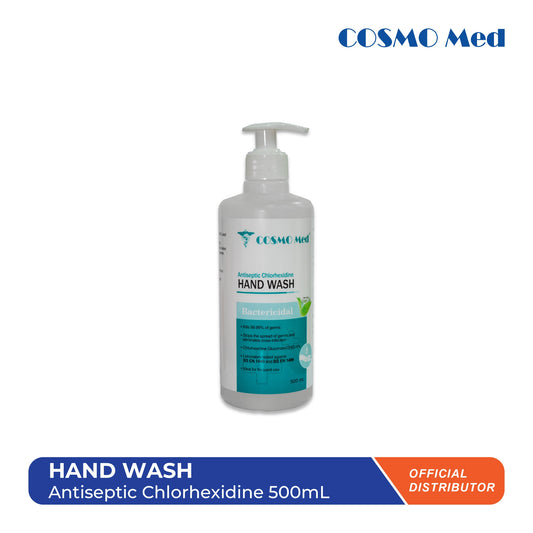
![Hand Sanitizer Alcohol Based [ 3 sizes available ]](http://www.gpmedline.com/cdn/shop/files/FC100-Hand_Sanitizer_Alcohol_Based_500ml.webp?v=1720756306&width=533)
